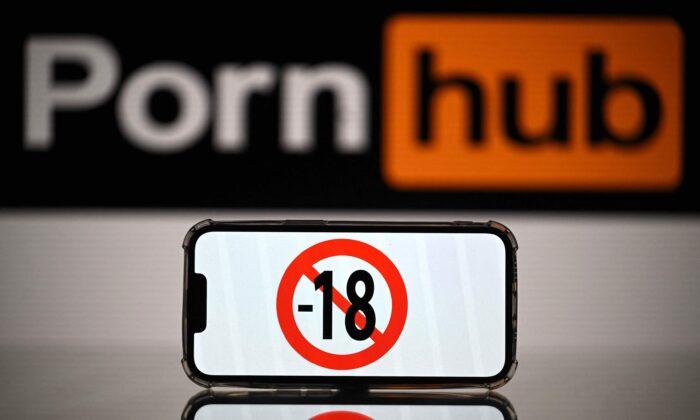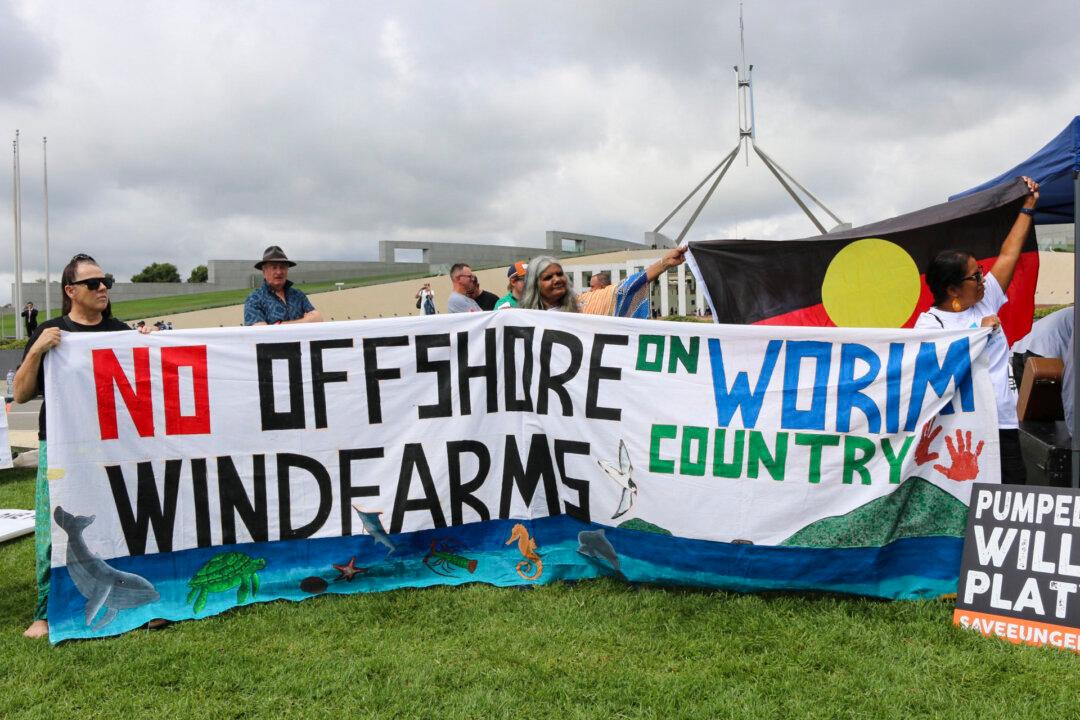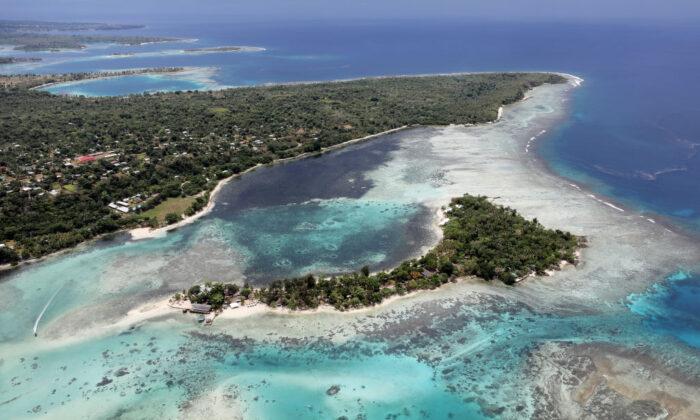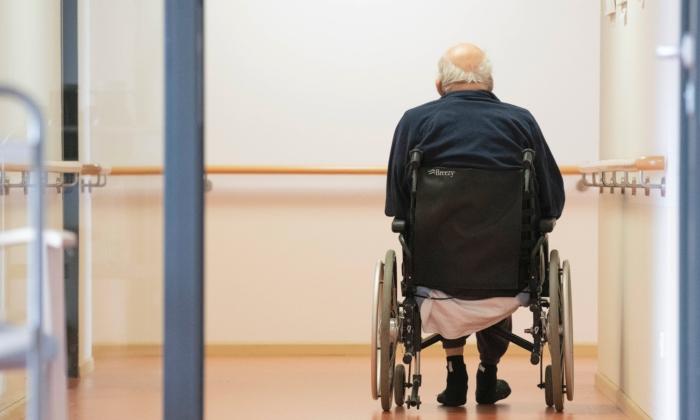The government has delayed a trial on technology like a “porn passport” supposed to stop minors from seeing explicit content and will rely on the industry to self-regulate.
The eSafety Commission’s Age Verification Roadmap (pdf) report explores how age verification and other measures could be used to prevent harm to children from online pornography.
The Commission spent two years researching and consulting to explore different measures to deal with the issue, finalising the process with the Roadmap on Age Verification report to the government in March.
“eSafety took a holistic approach that respected and affirmed a range of human rights, such as the right to privacy, and promoted the best interests of the child,” the Commission said in the report.
Calling for a trial into age verification technologies, the body said it was investigating technology being developed in Europe, including a pilot project using electronic tokens to prove a person’s age.
The government has said it wants the industry to be held to account.
“It is unacceptable for services used by children to lack appropriate safeguards to keep them safe. While many platforms are taking active steps to protect children, including through the adoption of age assurance mechanisms, more can and should be done,” the government said in their response this week.
A Disturbingly Widespread Issue
Research conducted by and sent to the eSafety Commission revealed that children whee seeing pornography more regularly.A survey by the Australian Institute of Family Studies in 2017 found that 44 percent of children between the ages of 9 and 16 years old were exposed to sexual images within the previous month.
Their research also found that of the 75 percent of 16 to 18-year-olds who had seen pornography, almost half had first encountered it when they were between 13 and 15 years old.
That same age group accessed 70 percent of the pornography on websites, 35 percent on social media feeds, 28 percent on social media ads, and 22 percent on messages.
“The Roadmap acknowledges that pornography is readily available through websites hosted offshore and also through a wide range of digital platforms accessed by children,” says the Commission.
An association between the attitudes in mainstream pornography and behaviors that can contribute to gender-based violence is another issue the Roadmap highlighted.
“It identifies further potential harms including connections between online pornography and harmful sexual behaviours, and risky or unsafe sexual behaviours,” the report said.
Government Working on Illegal Material Online First
The government is currently working on new industry codes aimed at keeping people safe online before they consider age verification technology.The first phase of the plan will be to tackle illegal content like child exploitation and terrorist material online.
The second phase will then deal with legal content that is not suitable for children, like pornography.
To further combat the issue, the government wants to lift industry transparency and has committed to a review of the Online Safety Act.
“With the online environment constantly changing, an early review will ensure Australia’s legislative framework remains responsive to online harms and that the eSafety Commissioner can continue to keep Australians safe from harm,” the government said in their response.






